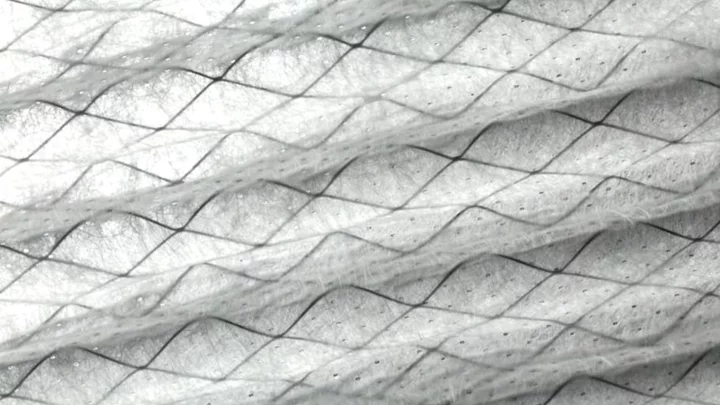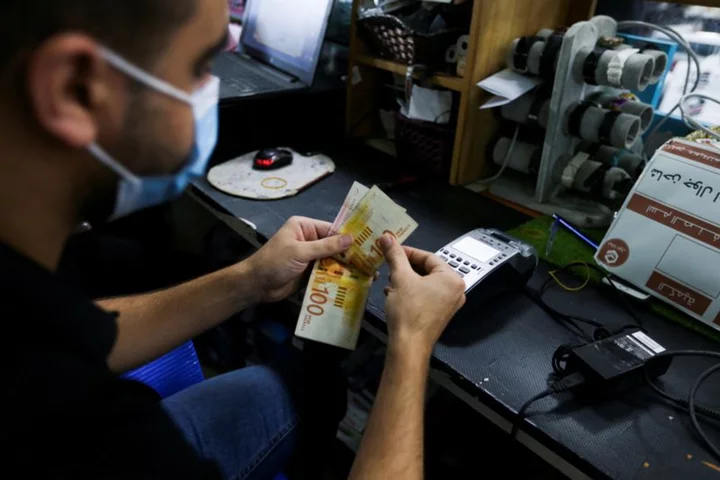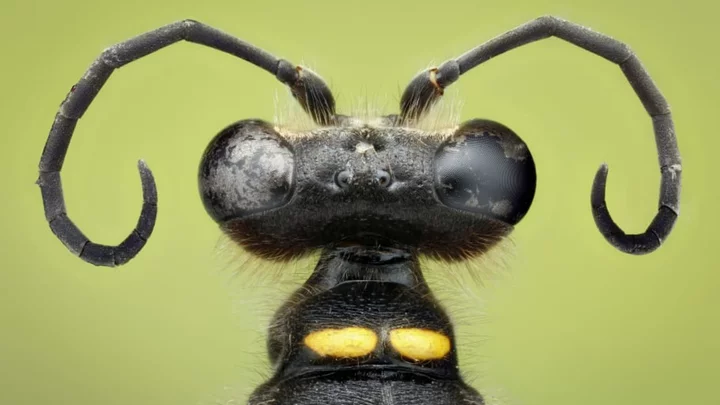With parts of the Northeast being blanketed in a yellow haze of wildfire smoke making its way down from Canada, a number of social media posts have promoted a do-it-yourself solution for indoor air cleaning: a homemade air purifier consisting of a box fan, four furnace filters, and lots of duct tape.
Does it look somewhat crude? Yes. Is it an inexpensive but effective way to filter your indoor air? Actually, yes.
The contraption has a name: the Corsi-Rosenthal Box, named after co-inventors Richard Corsi, dean of engineering at UC Davis, and Jim Rosenthal, CEO of Air Relief Technologies. The idea is simple: the box fan draws room air through four high-efficiency MERV-13 filters used in all-house furnaces. Seams are connected and sealed with duct tape, while a spare piece of cardboard acts as the bottom. The square sucks in air which is then recirculated by the fan. The filters capture dust, pollen, viruses, and mold, as well as particulates found in wildfire smoke, like acids and heavy metals.
Corsi and Rosenthal were motivated to design a low-cost air purifier during the coronavirus pandemic in 2020. They demonstrated the box could produce seven or eight air changes per hour in a 700-square foot room, prompting an 80 percent reduction in airborne contaminants. Filter manufacturer 3M performed its own tests and found similar results.
The ability of the makeshift box was further examined in 2022 by researchers at Brown University’s School of Public Health, who published their findings in Environmental Science & Technology. After installing the Corsi-Rosenthal boxes in 17 rooms, they found the amount of semi-volatile organic compounds (SVOCs) decreased by 30 to 60 percent. Another study in Science of the Total Environment found that the box performed comparably to a best-in-class HEPA unit costing $549.
Why opt for a DIY box over a commercial air purifier? The effectiveness is similar but at reduced cost. A box fan can be had for $20 to $25, while the 2-inch air filters are $20 to $25 each, though some are sold in multi-packs for less.
UC Davis offers instructions in building your own Corsi-Rosenthal box. While relatively simple, you’ll want to make sure the filters have their arrows pointing in to follow the airflow. The contraption should last for several months running a few hours per day before the filters will need to be changed, though that can vary depending on air quality (you can check your own with this interactive map).
The lone downside: While the boxes reduce air pollution, noise pollution is another matter. Box fans on their highest setting can add another five or 10 decibels to your room.
This article was originally published on www.mentalfloss.com as Do DIY Air Purifiers Really Work to Combat Wildfire Smoke, COVID, and Other Pollutants?.









